Revive MD always hits it out of the park with sophisticated, top-shelf supplements whose formulas are based on cutting-edge research.
It's a brand that really lives up to its name, as it was co-founded by a doctor in Dr. Domenic Iacavone. He and his business partner Matt Jansen work as hard as they can to deliver over-the-counter, consumer supplements based on institutional research and practical experience.
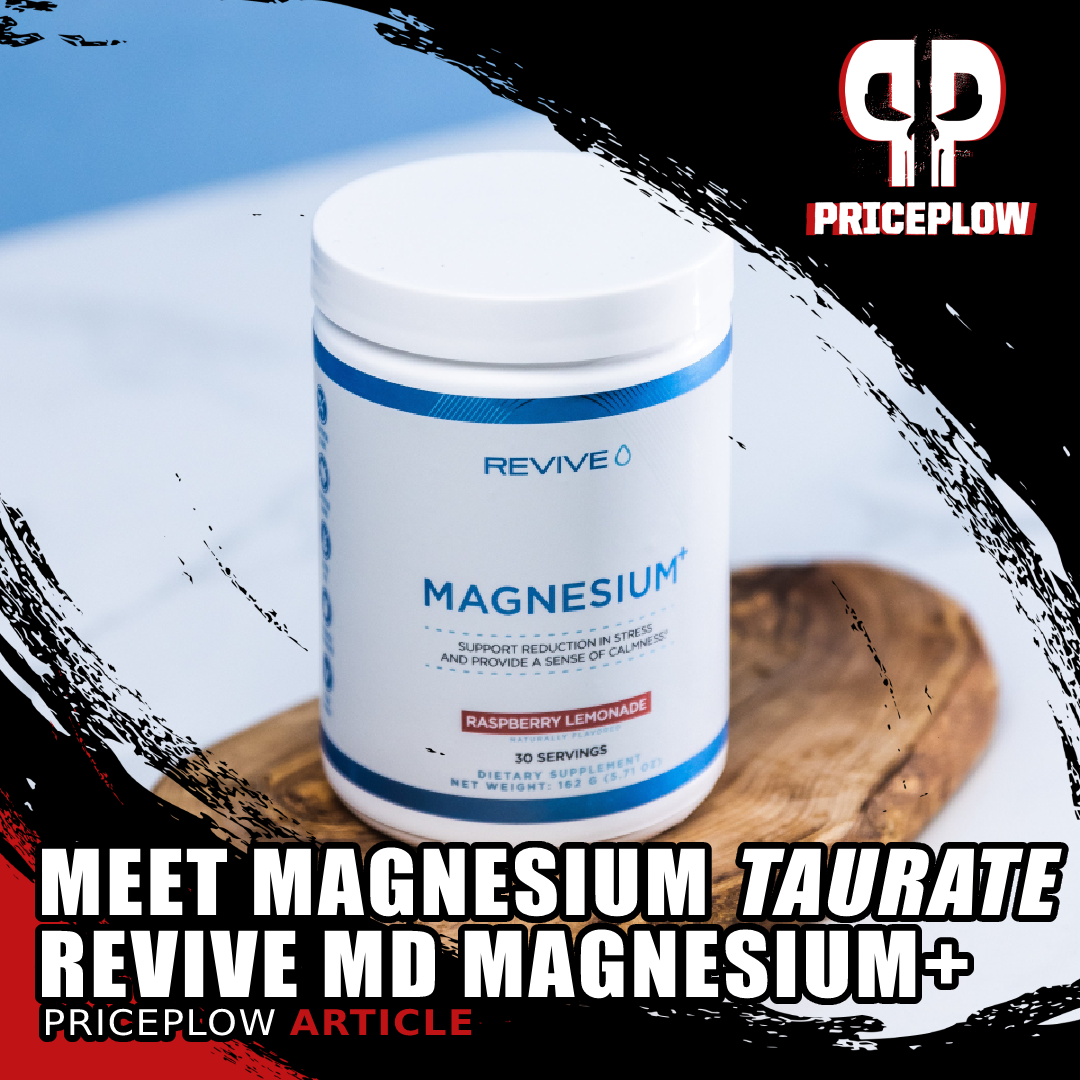
Get ready to meet magnesium taurate in Revive MD Magnesium+ powder! Reap the benefits of highly-bioavailable magnesium and taurine all at once, with this unique form that crosses the blood-brain barrier!
You'd probably expect an MD working in supplements would stay abreast of the latest research, and in the case of Revive MD, you'd be correct. This is a company that's always coming out with genuinely innovative products. Today we're excited to write about a new form of magnesium, magnesium taurate.
Revive MD Magnesium+: Calming magnesium powder with magnesium taurate
Because it's an elemental metal that isn't well-absorbed on its own, magnesium is often chelated with an amino acid. In the past we've seen chelated forms of magnesium like magnesium threonate and magnesium glycinate (another supplement Revive MD produced) gain popularity in the supplement market. These forms have significantly better bioavailability and uptake.
In addition, with a chelated mineral supplement, you aren't just getting the benefits of the mineral. You're also benefiting from whatever amino acid it's chelated to. That's a big plus in the case of magnesium taurate, a combination of magnesium and taurine.

Supplements formulated to optimize your health! See them all on our Revive MD page on PricePlow.
After all, taurine is one of our all-time favorite ingredients here on the PricePlow Blog. We're fond of pointing out that you can put taurine into any kind of supplement – fat burner, pre-workout, nootropic, whatever – and it will make perfect sense, because taurine has hugely beneficial effects on so many different dimensions of human health.
What's more, some of taurine's many benefits echo and overlap with those of magnesium, making it a logical choice of pairing for this wonder mineral. Today, we get into the benefits of magnesium and taurine, and also the synergistic effects when they're combined.
But first, let's check the PricePlow news and deals:
Revive MD Magnesium+ – Deals and Price Drop Alerts
Get Price Alerts
No spam, no scams.
Disclosure: PricePlow relies on pricing from stores with which we have a business relationship. We work hard to keep pricing current, but you may find a better offer.
Posts are sponsored in part by the retailers and/or brands listed on this page.
This area is reserved for Team PricePlow's upcoming videos.
Subscribe to our channel and sign up for notifications so you catch it when it goes live!
Below we cover magnesium and our ongoing magnesium crisis. You can skip to the specific magnesium taurate section if you're already up to speed on the basics.
A Primer On Magnesium: The Failure of Modern Agriculture
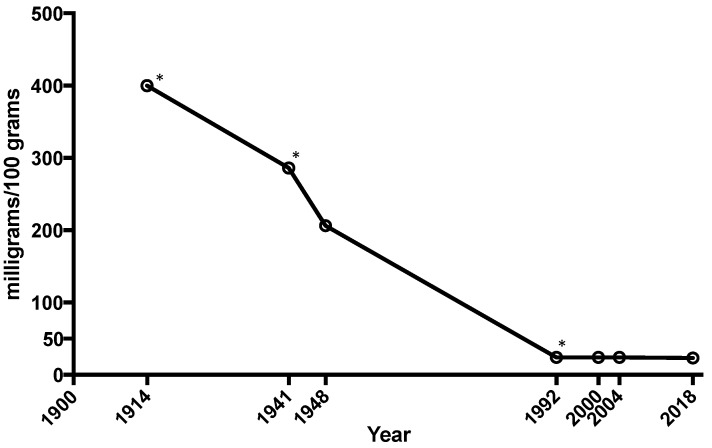
The average amount of calcium, magnesium, and iron in vegetables like spinach, lettuce, cabbage, and tomatoes has plummeted as much as 80–90% since 1914.[1] Sadly we have to supplement it back in.
The vitamins and minerals contained in fruits and vegetables are a huge part of the reason we eat these foods: crops are great at both concentrating nutrients that naturally occur in soil and synthesizing their own nutrients as well.
But is the USDA's data accurate?
Unfortunately, the answer in many cases is no. Data kept by the USDA can be based on measurements taken decades ago, or sometimes even a century ago. And since then, the nutrient content of our food has declined precipitously.
The reason for this is that contemporary agricultural practices fail to account for soil cycle — the process of soil's natural renewal over time.
The result is that following years' of successive growing seasons, our soil's mineral content has declined.[1-6]
The shocking extent of soil magnesium loss
How much? Some estimates are downright shocking. Some experts believe that as much as 80% to 90% of the magnesium has been stripped from our soil by monocultural practices,[1-6] defined as the practice of growing only one crop at a time on any given field, which reduces biodiversity over time.
That's where magnesium supplements come in. And as you'll see, we need adequate amounts of this critical nutrient.
Who should take magnesium?
Given how much the magnesium content of our soil has dropped, it probably won't surprise you to learn that most American adults are magnesium deficient. And the situation is worse than you probably think: even considering the USDA's outdated magnesium content data, approximately half of U.S. adults still aren't getting enough magnesium from food.[7,8]
A 2017 meta-analysis found that magnesium supplementation significantly improves anxiety symptoms in those who take it,[9] which is not surprising considering how pervasive magnesium deficiency really is.
Revive MD Magnesium+ with The New Kid On The Block: Magnesium Taurate
A single 1-scoop (5.5 gram) serving of Revive MD Magnesium+ yields 475 milligrams of elemental magnesium. It comes from both magnesium taurate and magnesium carbonate, led by the taurate form.
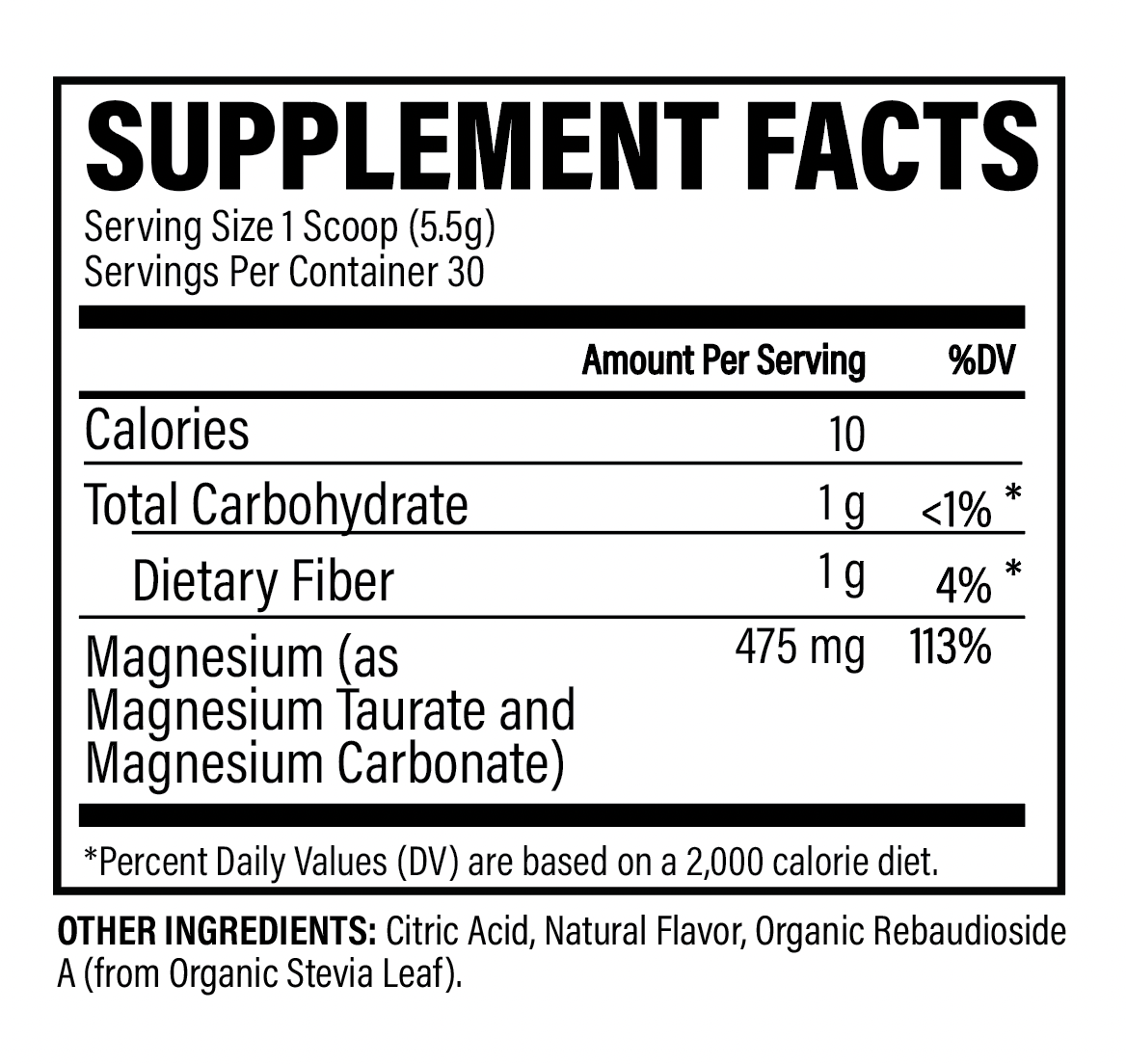
With so much magnesium taurate in here, you'll also get a clinically validated dosage of taurine, which is what the magnesium is bound to
We can't disclose the full blend, but can tell you that there's enough to provide roughly 1.5-2 grams of taurine - enough to cite some powerful research on taurine as well.
-
Magnesium (as Magnesium Taurate and Magnesium Carbonate) – 475 mg (113% DV)
-
Magnesium’s psychological effects
Magnesium is absolutely crucial for optimal brain health, and hence mental health.
This is primarily due to magnesium's central role in neurotransmitter synthesis,[10] but there's also a second-order effect caused by magnesium's positive impact on sleep. If you don't have enough magnesium, there's a good chance you'll end up with chronically impaired sleep, which over time is an independent risk factor for psychological and emotional disorders as your sleep debt compounds.[11]
For these reasons, magnesium deficiency frequently produces symptoms associated with stress and anxiety, and often causes chronic fatigue.[10,12,13]
A study published in 2015 found that low magnesium consumption in people under the age of 65 was associated with a 22% higher likelihood of depression.[14]
-
Improved sleep
Many research studies have found that supplemental magnesium can significantly improve both the quantity and quality of a person's sleep.[15-18]
One of the primary mechanisms by which magnesium improves sleep is its cortisol-lowering effect, which helps normalize sleep patterns in most people.[16]
One study found that a person's level of magnesium consumption correlated inversely with the midpoint of their sleep. In other words, people who consume adequate amounts of the mineral typically go to bed earlier than those who are deficient.[19]
-
Magnesium’s other benefits
Although magnesium supplements are most commonly taken to improve sleep and mood, those two outcomes are really just the tip of the iceberg.
Magnesium is a cofactor for over 600 different metabolic processes in your body,[20] so it shouldn't be much of a shock that magnesium deficiency can contribute to tons of pretty awful second- and third-order health problems.
Research shows that correcting a magnesium deficiency through appropriate supplementation can:
- Lower blood pressure[21-24]
- Lower HbA1c and blood glucose levels[21,25,26]
- Mitigate hyperinsulinemia[21,25,27]
- Improve insulin sensitivity[21,25,26,28]
- Decrease risk of type 2 diabetes[29-31]
- Improve bone mineralization[32]
- Mitigate PMS symptoms[33-36]
- Facilitate the clearance of lactic acid following exercise[37]
- Increase muscle mass and power[38]
- Lower C-reactive protein[39] and limit its effects[38]
- Reduce interleukin 6 (IL-6) levels[40]
- Reduce the extent of muscle damage from exercise[41]
- Prevent and mitigate the severity of migraine attacks[42,43]
- Relieve ongoing migraine symptoms[44]
Suffice it to say, getting enough magnesium is absolutely essential for optimal health.
-
Magnesium’s basic mechanism of action: inhibitory effects
So how can one mineral affect so many different metabolic processes?
The big-picture answer is that magnesium is an inhibitory compound. Its "opposite" element, calcium, is responsible for exciting both peripheral and central nervous tissue -- which in skeletal muscle causes contractions. Magnesium helps your muscles relax by terminating the impulse to contract.[45,46]
This whole-body relaxation has significant downstream effects, and a wave of relaxation can usually be felt palpably when someone with an ongoing deficiency supplements with magnesium for the first time.
Athletes and other physically-active people should consider magnesium supplementation more seriously than others, as the body consumes magnesium at an increased rate during exercise.[47]
-
-
Taurine (as magnesium taurate) – ~1.5 to 2.0 grams inside
Taurine is high on PricePlow's list of rockstar ingredients.
Taurine is one of the most abundant amino acids that helps draw water and nutrients into muscles that helps with endurance but also doubles as a focus booster
This is a good dose too. Although we can't disclose exactly how much taurine is in Revive MD Magnesium+, we can tell you that it's somewhere between 1.5 and 2.0 grams. Even the lower end of this range is well above the clinically-validated dose of 1,000 milligrams (1 gram).
-
Taurine’s brain benefits
Most people look into magnesium supplementation for cognitive and emotional support, so let's start off by talking about taurine's brain benefits.
Like magnesium, taurine is inhibitory -- it opposes the excitatory action of calcium. Taurine is a GABAergic compound, meaning it actually acts like the neurotransmitter gamma-aminobutyric acid (GABA), which itself has a calming, anti-inflammatory effect on neurons.[48]
Another chelated mineral, Revive MD's Zinc is out, and it brings 50mg elemental zinc from OptiZinc (zinc monomethionine - bound to the amino acid methionine).
Taurine also triggers mitochondrial biogenesis in brain cells,[48] which is a huge deal, as regular readers of the blog will know (just search our archive for mitochondrial biogenesis if you want to read our take on the importance of this process).
Taurine supplements have been shown to facilitate learning — particularly motor learning.[49]
It might even protect brain tissue from metabolic damage in people with metabolic syndrome and type 2 diabetes,[50] both of which are characterized by insulin resistance and high blood glucose levels.
Besides its neuroprotective properties, taurine is also dopaminergic,[51] helping improve dopamine production and function.[51]
-
Taurine’s metabolic benefits: BAT vs. WAT
As we discussed earlier, magnesium has a hugely beneficial impact on glucose metabolism and insulin sensitivity, and taurine can also improve metabolic health, albeit from a slightly different angle.
Taurine has been shown to help convert white adipose tissue (WAT) into brown adipose tissue (BAT).[52]
Whereas WAT is your body's storage for long-term energy reserves, which it only dips into in times of great metabolic stress, BAT is a metabolically-active organ. BAT is where a process called non-shivering thermogenesis (NST) occurs. In NST, calories are burned as heat.
If you prefer capsules, then get ready for a master class in not just magnesium, but glycine as well: Revive MD's Magnesium Glycinate.
The mechanism of action behind WAT-to-BAT conversion is, again, mitochondrial biogenesis.[52] WAT is called white adipose tissue because it appears white when illuminated under a microscope; and BAT is called brown adipose tissue because it's full of mitochondria, which occlude much of the light coming through a microscope slide. This gives it a dark brown appearance, hence the name.
Taurine can also selectively inhibit the proliferation of new WAT cells, while allowing BAT cells to grow.[53]
The more BAT you have relative to WAT, the higher your total daily energy expenditure (TDEE), measured in calories.[54] A higher TDEE can make it easier to lose weight, for obvious reasons.
And what's even better is that because glucose is often used as the substrate for NST, having more BAT means you burn more sugar, which can improve blood glucose levels and insulin sensitivity.[55] This in turn, as most of us know already, can have a beneficial impact on long-term metabolic health.
It's partly by this mechanism that taurine can mitigate the negative metabolic effects of excess body fat by lowering inflammation and blood sugar levels, which are usually elevated in cases of obesity.[56]
-
Taurine’s athletic benefits: ergogenic aid and osmolyte
Magnesium is particularly important for athletes, and taurine has athletic benefits as well.
In order to understand how taurine aids athletic performance, you need to know that it's an osmolyte. Osmolytes are compounds that increase osmotic pressure around your cells, which forces more water into your cells than is ordinarily present.[57]
This creates a state called hyperhydration, in which the increased water content of cells increases the nutrients available to them, as well as protecting them from heat stress.
Incredibly, taurine starts working immediately after you take it. A 2018 meta-analysis of taurine studies found that a single 1,000-milligram dose – which, again, is significantly less than what's present in Revive MD Magnesium+ – can boost endurance during a workout immediately following consumption.[58]
Taurine is a great antioxidant[59,60] and can help support calcium signaling in skeletal muscle.[61]
Taurine: an all-around awesome anti-stress compound
The bottom line on taurine is it can help you feel and perform your best, whether you're engaged in mental or physical work.
Taurine is conditionally essential, meaning that taurine consumption is elevated during stress, which is why we say, like magnesium, taurine is particularly important for athletes.[48,57,58]
-
What’s special about magnesium taurate?
The answer is yes, special effects of magnesium taurate have already been discovered despite the fact that the research is still in its infancy.
-
Crosses the blood-brain barrier
Magnesium taurate seems to be particularly good at crossing the blood-brain barrier,[62] which has traditionally been a challenge for magnesium compounds – most forms of magnesium have low bioavailability in the brain.
Magnesium threonate has been marketed for a few years as a BBB-permeable form of magnesium, and we do like that magnesium compound. But given the choice, we'd rather take magnesium taurate simply because taurine is more beneficial than threonine, particularly when it comes to neurological health.
-
Cardioprotective
We've discussed how correcting a magnesium deficiency can lead to improvements in cardiovascular function, but magnesium taurate seems to go beyond this – it can actually protect the cardiovascular system against toxin-induced injury, as demonstrated in an animal study where researchers used cadmium chloride to induce hypertension and cardiotoxicity.[63]
What about magnesium carbonate?
Magnesium carbonate gives Revive MD Magnesium+ a nice fizzy texture, which most consumers will love. There are also some benefits associated with carbonic acid consumption.
For one thing, increased CO2 content in the blood triggers a phenomenon called the Bohr Effect, in which oxygen molecules unbind from hemoglobin and subsequently saturate body tissue.[64] This is undoubtedly one of the reasons why we've evolved a taste for carbonated beverages. It feels good when we drink them.
Some studies have also shown that carbonated beverages can increase feelings of satiety,[65,66] undoubtedly a helpful effect for dieters.
Magnesium Dosage
Your magnesium dosage will really depend on your diet. If you eat magnesium-rich foods like green leafy vegetables, nuts, legumes, and beans, you may need less than someone who doesn't. But again, those foods are likely lower in magnesium than we'd like to admit nowadays.
So with that said, supplemental dosage is often anywhere from 250-500 milligrams -- a full scoop of Revive MD Magnesium+ has 475, on the upper end of that level.
How do you know if you've had too much? Diarrhea is generally the most common side effect when dosages get too high - but note that this is far more common with magnesium oxide or magnesium citrate forms, which aren't in here. One study found that 12% of users taking a full gram's worth of magnesium from magnesium oxide (the worst-performing supplemental form of the mineral) had diarrhea. That's over twice as much as what we have here, and with a lesser-absorbed form.
Long story short - it depends on your diet, but we endorse a full scoop of Magnesium+, and if you have any GI side effects, back it down to half a scoop.
Flavors used, flavors available
Note that Revive MD Magnesium+ is naturally flavored, but sweetened with stevia, a non-caloric sweetener.
If you're not into powdered magnesium drinks, then you can always look at our massive article on Revive MD Magnesium Glycinate -- 2 to 4 caps daily (especially before bed) will have similar effects. We don't suggest stacking both - Magnesium+ already has 113% of the daily recommended value.
Conclusion: Magnesium Taurate is here
In our opinion, this product contains the best form of magnesium currently available, although we're still huge fans of magnesium glycinate as well. You really can't go wrong with either of Revive MD's two supplements.
Taurine and magnesium, two awesome supplements, have significantly overlapping effects that make this compound a no-brainer for the vast majority of magnesium consumers, to say nothing of the high bioavailability that comes with chelation.
Revive MD Magnesium+ – Deals and Price Drop Alerts
Get Price Alerts
No spam, no scams.
Disclosure: PricePlow relies on pricing from stores with which we have a business relationship. We work hard to keep pricing current, but you may find a better offer.
Posts are sponsored in part by the retailers and/or brands listed on this page.
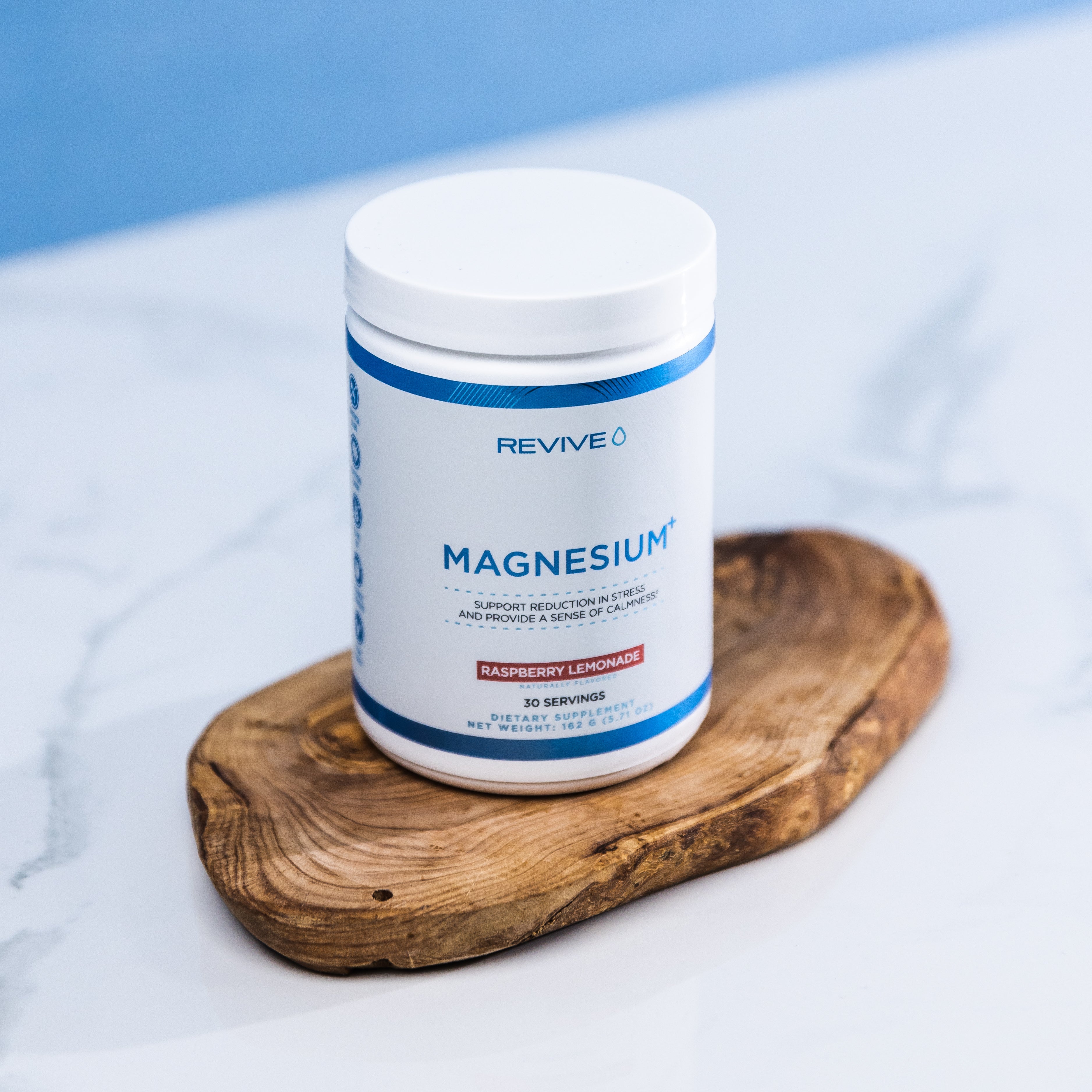

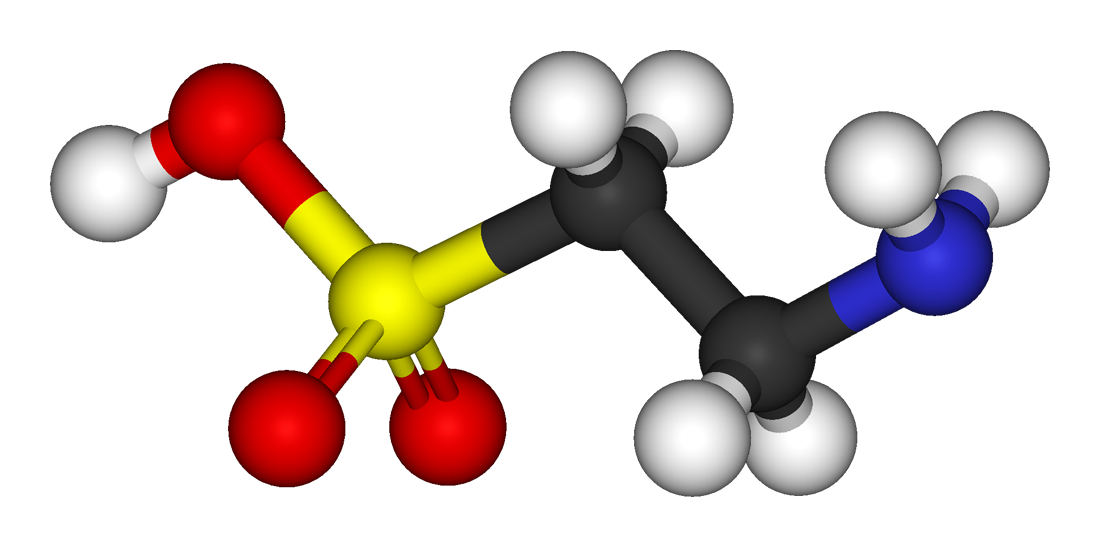



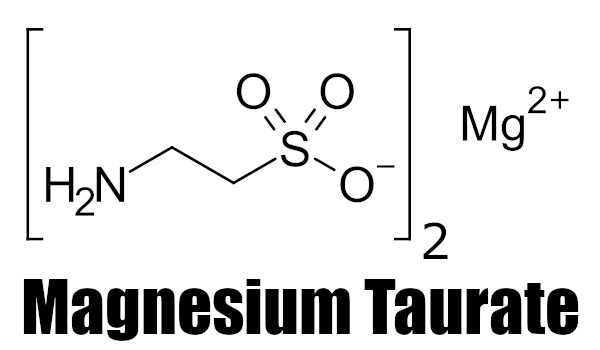
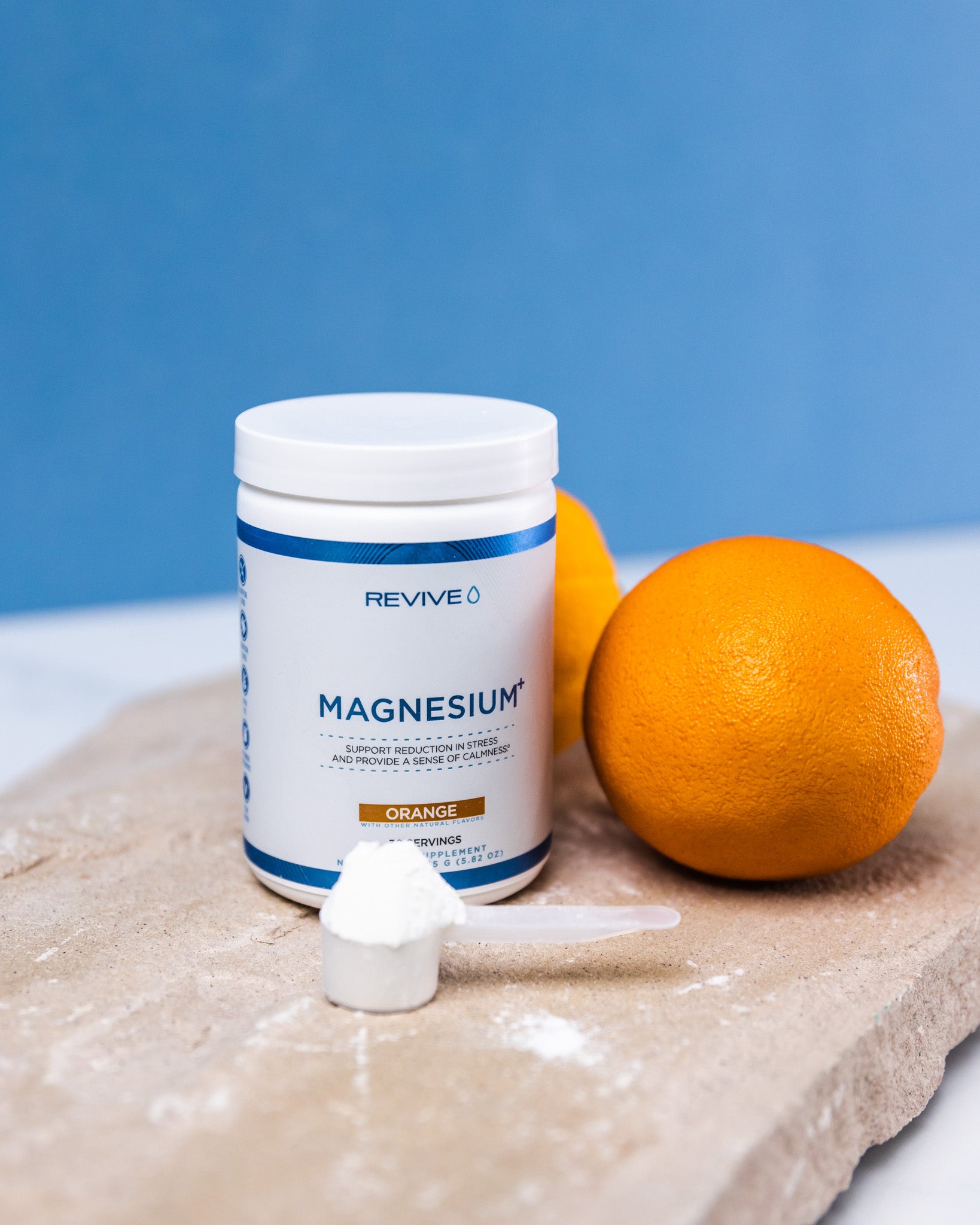
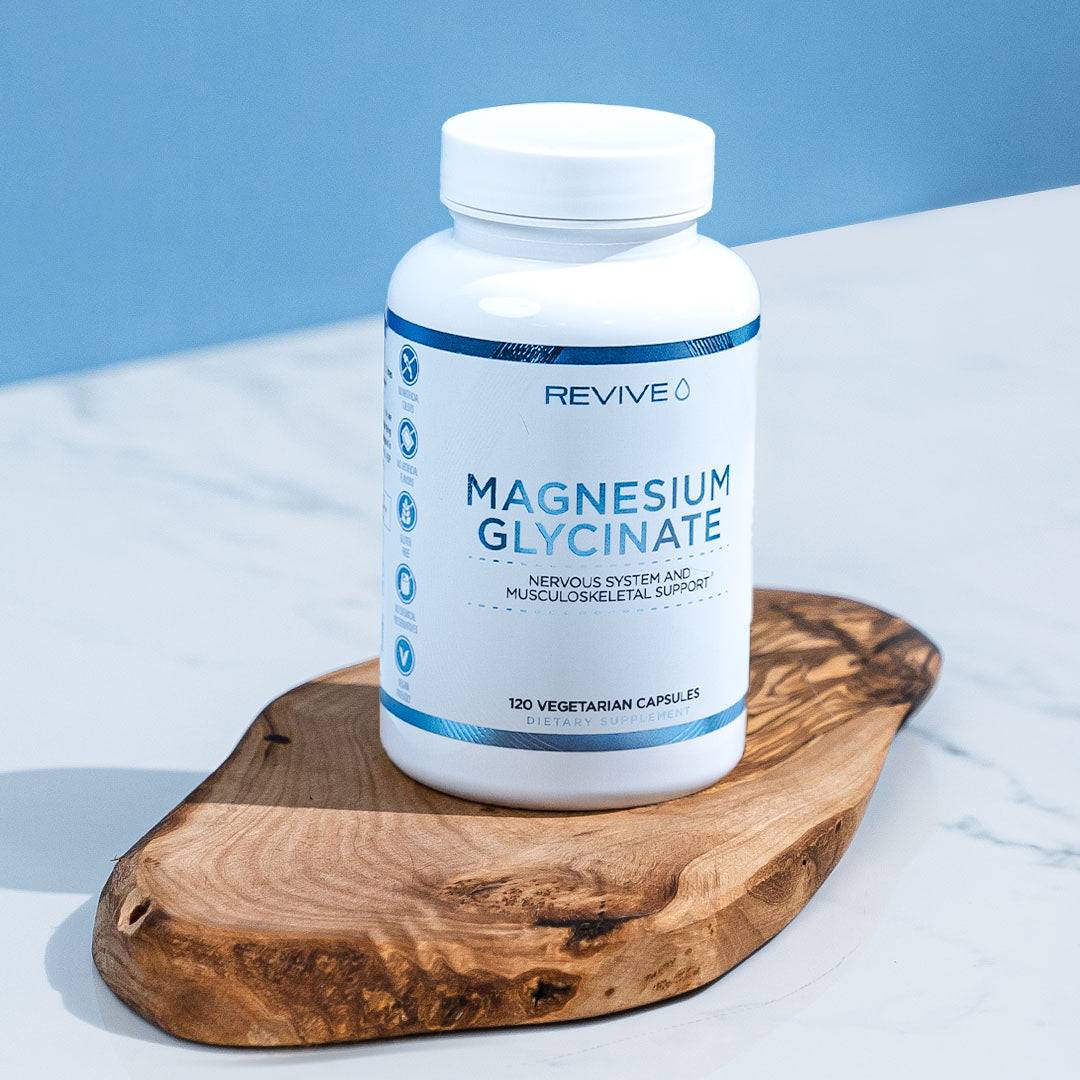


Comments and Discussion (Powered by the PricePlow Forum)